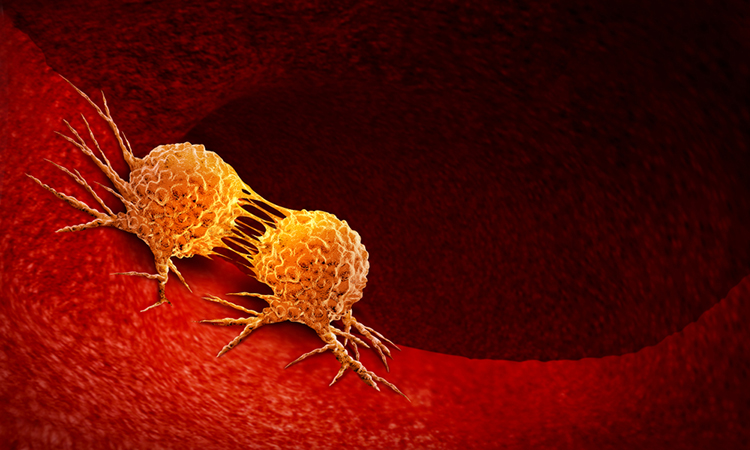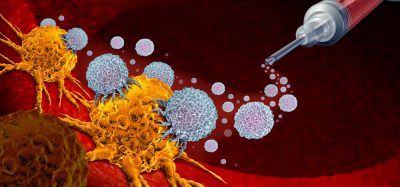Researchers use viruses as vectors to deliver cancer vaccines
Posted: 4 March 2021 | Victoria Rees (Drug Target Review) | No comments yet
A team has used two viruses to administer specific tumour components in mice with cancer to stimulate their immune system.


An international research group has developed a promising strategy for therapeutic cancer vaccines. Using two different viruses as vehicles, they administered specific tumour components in experiments on mice with cancer to stimulate their immune system to attack the tumour. The approach is now being tested in clinical studies. The study was led by researchers at the University of Basel, Switzerland.
According to the researchers, the immune system can be used as an ally in the fight against cancer. One strategy is therapeutic cancer vaccination: following diagnosis, specialists determine which components of the tumour could function as an identifying feature for the immune system. The patient is then administered exactly these components by means of vaccination, with a view to triggering the strongest possible immune response against the tumour.
Viruses that have been rendered harmless are used as vehicles for delivering the characteristic tumour molecules into the body. In the past, however, many attempts at creating this kind of cancer therapy failed due to an insufficient immune response. One of the hurdles is that the tumour is made up of the body’s own cells and the immune system takes safety precautions in order to avoid attacking such cells. In addition, the immune cells often end up attacking the “foreign” virus vehicle more aggressively than the body’s own cargo. With almost all cancer therapies of this kind developed so far, the desired effect on the tumour has failed to materialise. Therefore, finding the appropriate vehicle is just as relevant in terms of effectiveness as the choice of tumour component as the point of attack.
The research group from the study had already discovered that viruses from the arenavirus family are highly suitable as vehicles for triggering a strong immune response. The group now reports that the combination of two different arenaviruses produced promising results in animal experiments.
The researchers focused on two distantly related viruses called Pichinde virus and Lymphocytic choriomeningitis virus, which they adapted via molecular biological methods for use as vaccine vectors. When they took the approach of administering the selected tumour component first with the one virus and then at a later point with the other, the immune system shifted its attack away from the vehicle and more towards the cargo.
“By using two different viruses, one after the other, we focus the triggered immune response on the actual target, the tumour molecule,” said lead researcher Professor Daniel Pinschewer.
In experiments with mice, the researchers were able to measure a potent activation of killer T cells that eliminated the cancer cells. In 20 to 40 percent of the animals – depending on the type of cancer – the team found that the tumour disappeared, while in other cases the rate of tumour growth was at least temporary slowed.
According to the researchers, ongoing studies with a cancer therapy based on a single arenavirus have already shown promising results. The effects on tumours in animal experiments cannot be assumed to translate directly into the effect on corresponding cancer types in humans.
“However, since the therapy with two different viruses works better in mice than the therapy with only one virus, our research results make me optimistic,” Pinschewer added.
The findings are published in Cell Reports Medicine.
Related topics
Drug Delivery, Immunotherapy, Oncology, T cells, Vaccine
Related conditions
Cancer
Related organisations
University of Basel
Related people
Professor Daniel Pinschewer








